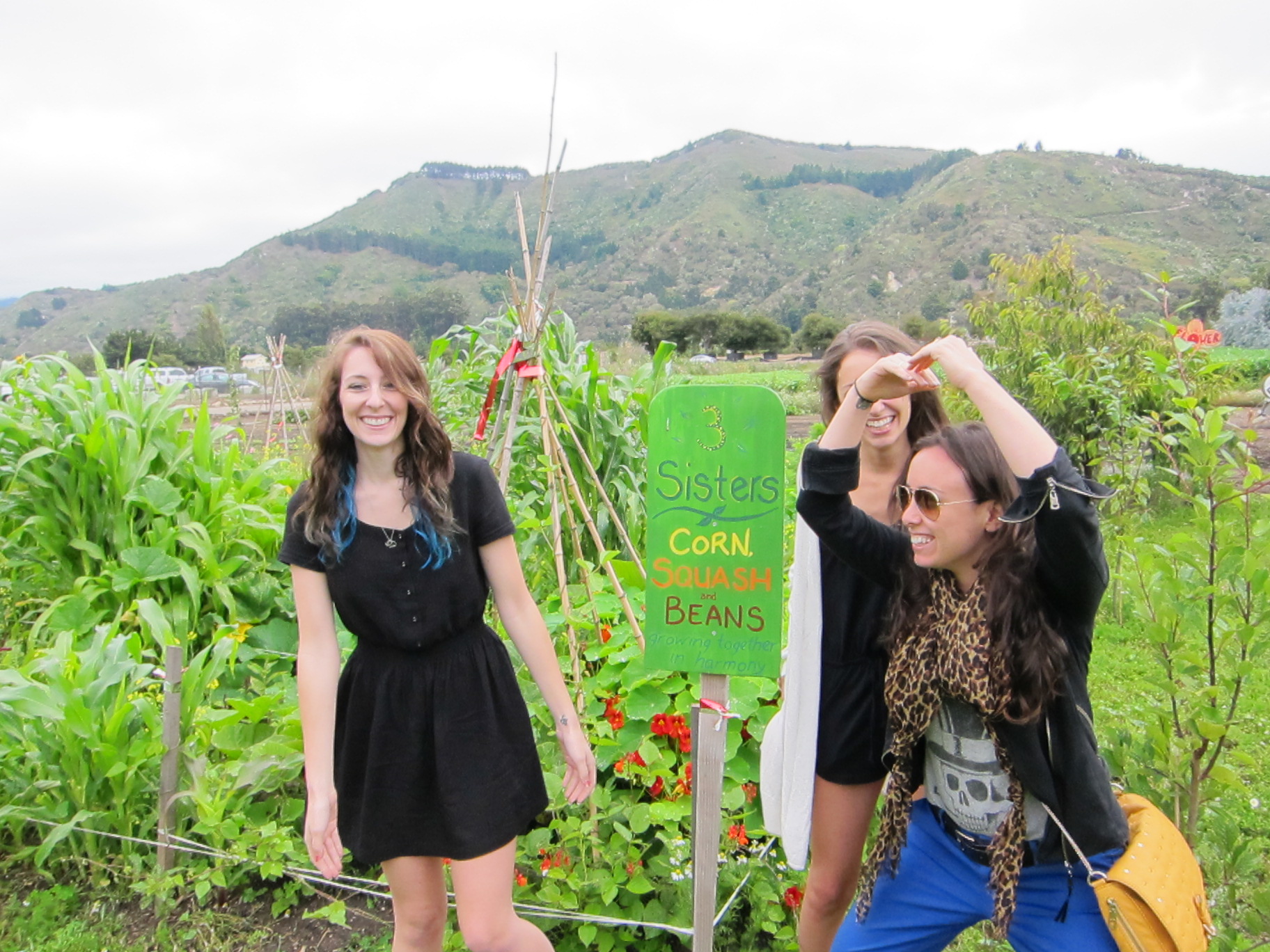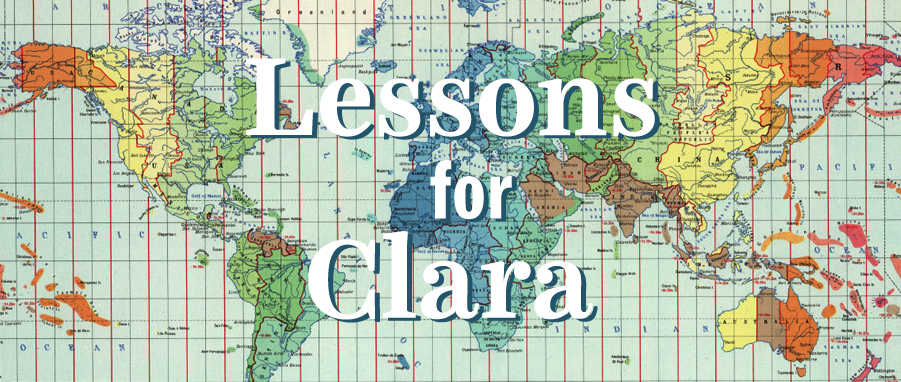Do you ever wonder what it’s like inside someone else’s creative world? Are you a photographer who wishes she could write? Or a painter who wishes she could dance? Sometimes I am a writer who wishes she could paint or sing or sculpt. Of course, I realize I can learn about other media by taking a class or simply experimenting on my own. And often this sort of experimentation facilitates a kind of creative cross-pollination, in which trying out a new medium allows you to see your most familiar medium in a new light.
But sometimes I just get a little restless with the joys and challenges of working with words, the material I’ve been wrestling with since I learned to put pencil to paper. I begin to wonder whether life would be more exciting or whether my stories would be more effective if they were told through music or visual arts or dance.
I often feel this tinge of artist envy when I catch a glimpse of some of the interesting and beautiful spaces in which other artists sometimes work and the worn, tactile objects they use. For example, I love this book, Inside the Painter’s Studio, by Joe Fig, and I can’t wait to dive into Jennifer Causey’s new book, Brooklyn Makers.
Most of the time, I love that writing requires so little from the tactile realm—simply a pen and paper or a keyboard of any sort. Chalk on a sidewalk works too, or a finger tracing out letters in the sand. I love that I can write almost anywhere, as long as I can muster up the presence to hear the sound of my own voice inside my head.
But after a long stretch of arranging and rearranging letters on a page, black on white, line after horizontal line, I can’t help but daydream about the lives of artists whose creative worlds are made up of vibrant colors, infinite shapes, and rich textures. I can’t help but fantasize about artists whose days are brimming with sounds and movements far more diverse than the tapping of fingertips at a keyboard.
Similarly, when I received this collection of poems by Jorge Luis Borges as a gift a couple of years ago, I was confused at first, then shocked, then delighted. Borges is renowned for his brilliant, imaginative fiction, and I had no idea that he identified primarily as a poet throughout his life. Although poetry and fiction are, of course, crafted from the same material, I was surprised to learn that this author, who was so beloved for one form of his work, seemed to have left his heart in another.
How about you? If you are an artist or maker or creator of any sort, do you work in one medium, or multiple? Have you ever dreamed of switching lives with another artist for a day, or trading one format for another?






























